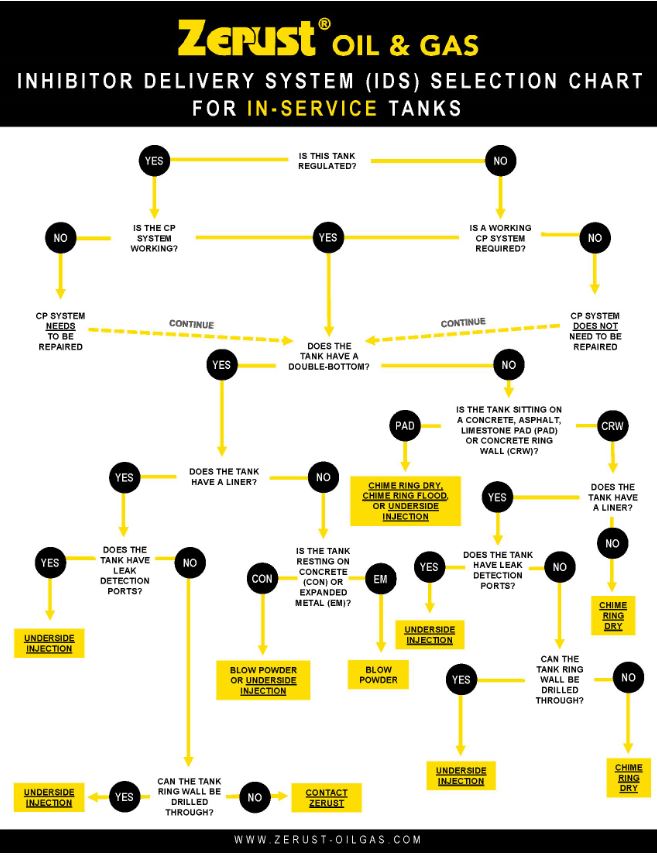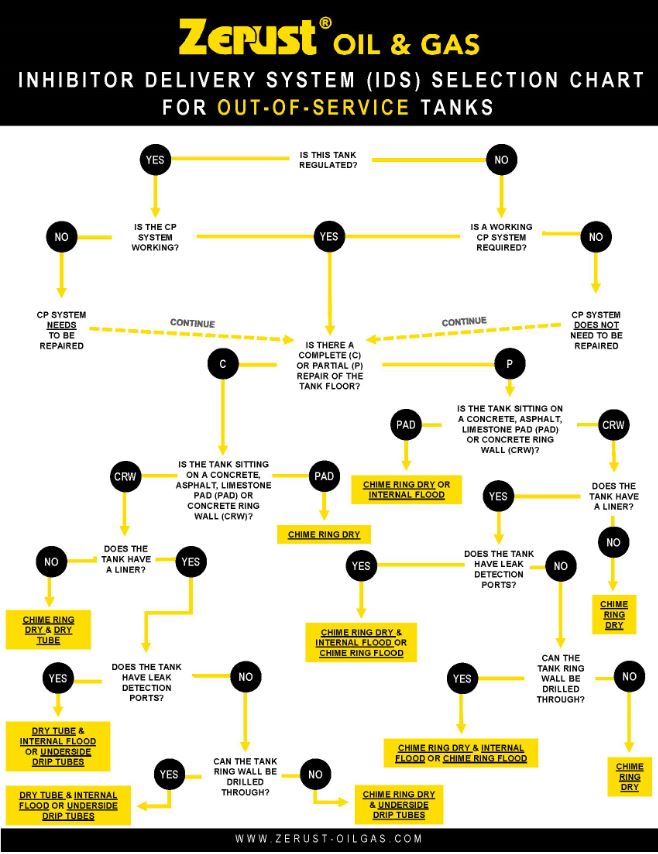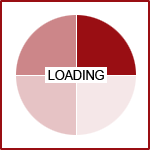Determining Corrosion Delivery Method for Tank Bottom Protection

Determining Corrosion Delivery Method for Tank Bottom Protection (IDS)
Zerust Tank Flow Charts for Selecting Inhibitor Delivery System (IDS)
Hello, my name is Amanda Szwed and I am the Project Manager for Zerust Oil & Gas, coordinating implementation projects since 2015 out of our Beachwood, Ohio office.
As you can imagine, there are different responsibilities and tasks that I manage or delegate to ensure that projects are fully implemented. Most of the time, I work with clients and our sales teams to ensure the right solution is selected.
Every proposal for our tank-bottom corrosion mitigation solution starts with custom design work that includes a thorough evaluation of the construction details for a targeted asset. During the proposal stage, we're often asked what information we require to determine which inhibitor delivery system (IDS) is most appropriate for a given asset.
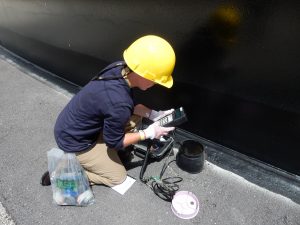
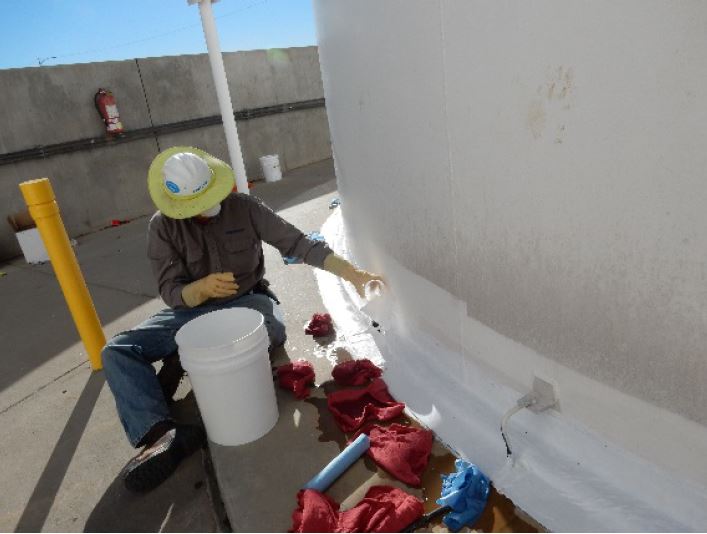
Zerust Oil & Gas Inhibitor Delivery Systems (IDS)
Our IDS platforms are designed to apply corrosion inhibitor compound across a range of foundation types and operating conditions. To help determine which system fits a given vessel, we created two user-friendly flow charts that highlight the key design elements our team evaluates.
Tank IDS Options
Tank IDS Selection Flow Charts
These flow charts apply to Aboveground Storage Tanks (ASTs) and are separated by operating status (in-service vs out-of-service). Start at the first question and follow the arrows left/right based on your answer—you'll end at one of the five IDS options above.
Explanation of Select Flow-Chart Questions (In-Service)
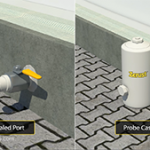
Underside Drip Tube IDS — Double Bottom
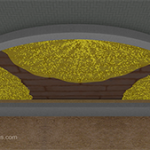
Underside Injection IDS — Tank Has Liner

Underside Drip Tube IDS — Port & Probe
- Does the tank have a double bottom?
- A double-bottom design installs a new floor atop the original, with foundation media between floors.
- Does the tank have a liner?
- Without a liner, inhibitor introduction may be limited to a dry approach (e.g., sleeves at the annulus). With a liner, wet solution retention may be possible—we'll confirm via schematics, MFLs, and reports.
- Does the tank have leak-detection ports?
- Ports through the dead shell allow injection of inhibitor solution (Underside Injection IDS). If ports are absent and can't be added, we'll evaluate alternate IDS paths.
Additional Questions for IDS Method Selection
The flow charts are a solid starting point, but final selection depends on construction and operations. We may also ask:
- Will the asset be taken out of service in the near future?
- Where are the primary areas of corrosion concern (to target application effectively)?
- Are there monitoring wells or other entry points to the foundation media between floors for solution application?
Need Help Choosing the Right IDS?
The Zerust Oil & Gas team can design a corrosion-mitigation plan specific to your asset. Contact us to discuss your tank foundation, monitoring options, and the best IDS for your situation.
